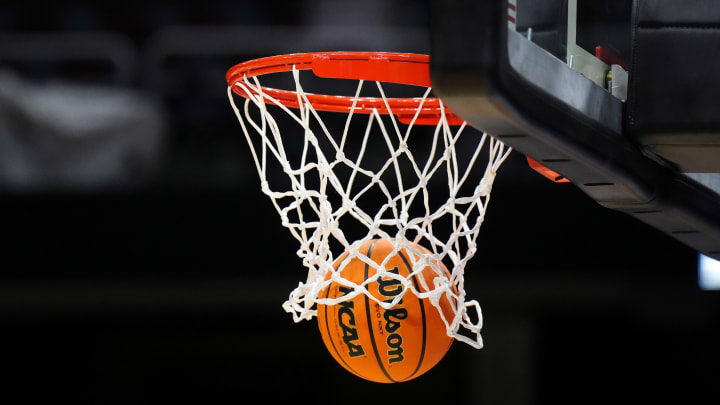NCAA makes major changes to NIL, transfer rules

The NCAA has enabled schools to be more proactive and involved in NIL activities in addition to changes to its transfer rules.
As the NCAA Division I Council met Wednesday, it adopted a rule that allows schools to assist student-athletes with NIL opportunities, which includes identifying and facilitating deals between student-athletes and third parties. Student-athletes are not obligated to accept such assistance, while those that do must retain their authority over terms and agreements in addition to disclosure over any NIL activity that’s valued at $600 or more.
The changes come months after NCAA President Charlie Baker proposed a reform to the Division-I Council that aimed at moving NIL activity under the umbrella of schools. Baker’s proposed changes included creating a subdivision of Division I that would have more freedom to adapt their own policies and compensate athletes in innovative ways, according to On3.com. The plan also detailed Division I schools entering into NIL licensing opportunities with student-athletes.
The ruling that was passed Wednesday isn’t quite the same as Baker’s vision, but it hits on the key elements. Since student-athletes first began capitalizing in the NIL space in the summer of 2021, most activities were done through third-party collectives. Now schools can be more involved and transparent with their student-athletes’ NIL ventures following the NCAA’s new ruling that seeks to provide more framework and stability.
Even so, the NCAA is still facing plenty of legal trouble. The landmark House v. NCAA antitrust case could result in more than $4 billion in back pay to thousands of student-athletes. With the new developments to NIL, the plaintiffs’ arguments for receiving that backpay may have just gotten stronger.
Following Baker’s proposal in January, the plaintiffs’ lawyers claimed that the defendants cannot dispute that the potential changes “would be a less restrictive alternative that President Baker himself has declared would be good for college sports and improve competitive balance,” according to On3.com. Essentially, they argue that the NCAA itself is admitting there are less restrictive alternatives to handling NIL. Because of this development, there was some belief that the NCAA would hold off on the topic until the House case was settled.
But evidently that wasn’t the case, and it wasn’t the only change the NCAA made.
The Division-I Council also adopted a new rule that permits student-athletes unlimited transfers if they meet academic standards. The previous transfer rules stated that student-athletes were granted immediate eligibility after their first transfer but would have to sit out a year after their second transfer.
The rule change comes after a court injunction in December allowed student-athletes who transferred multiple times to return to action despite being denied by the NCAA. Schools abided by that ruling but nothing was official until Wednesday’s decision.
Proving once again that the only constant in college athletics is change. Ultimately it seems like a revenue-sharing model between the NCAA and its student-athletes is inevitable. Until then, the dominoes leading up to that point continue to fall.

Cole Forsman is a reporter for Gonzaga Bulldogs On SI. Cole holds a degree in Journalism and Sports Management from Gonzaga University.
Follow CGForsman